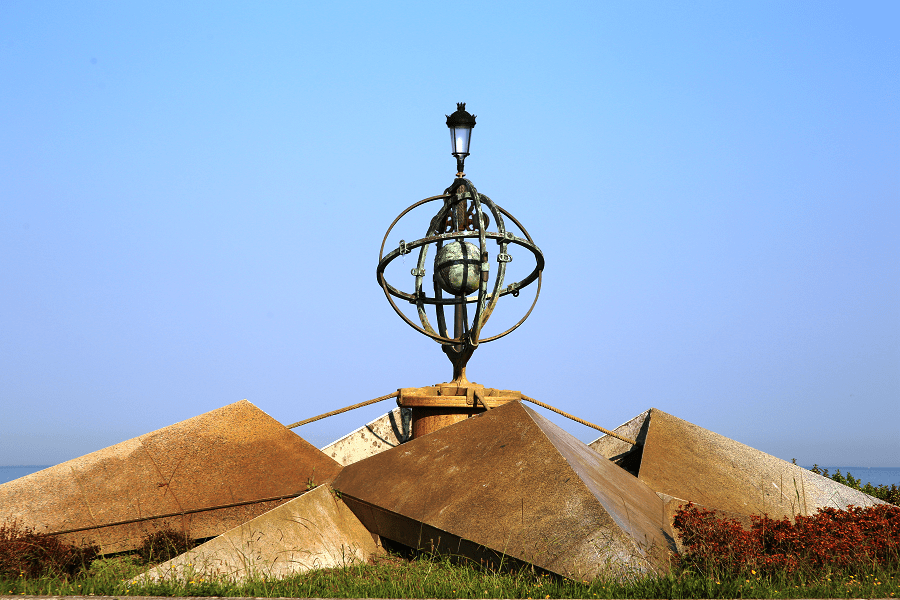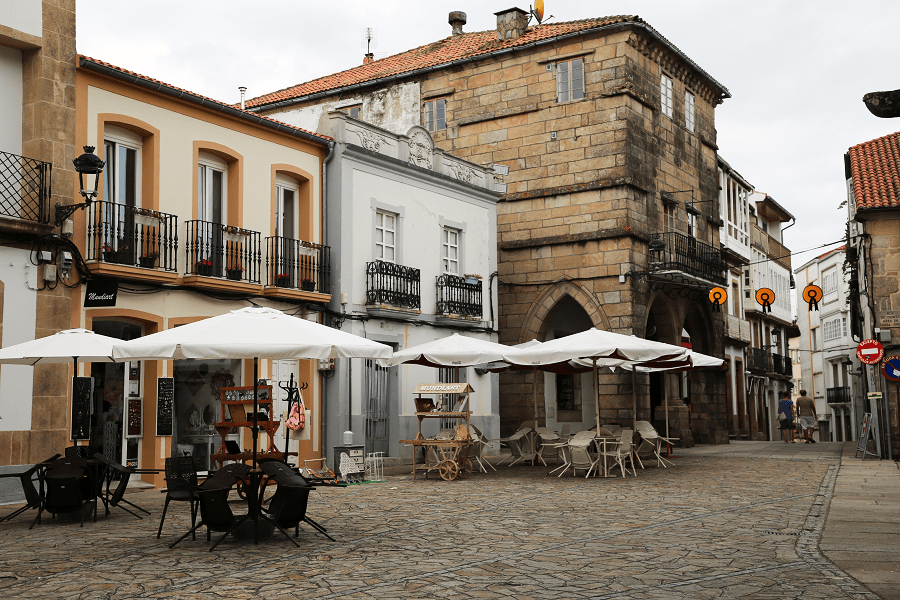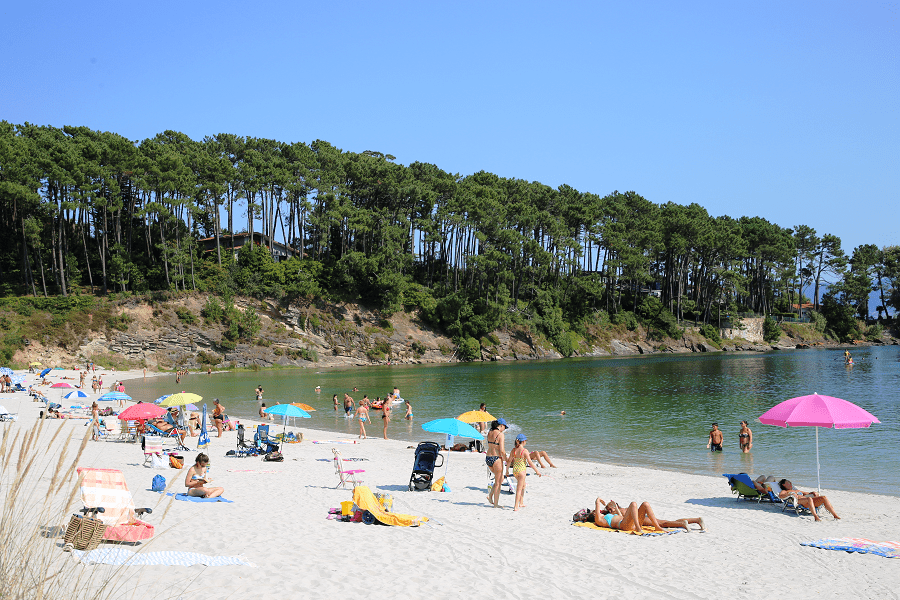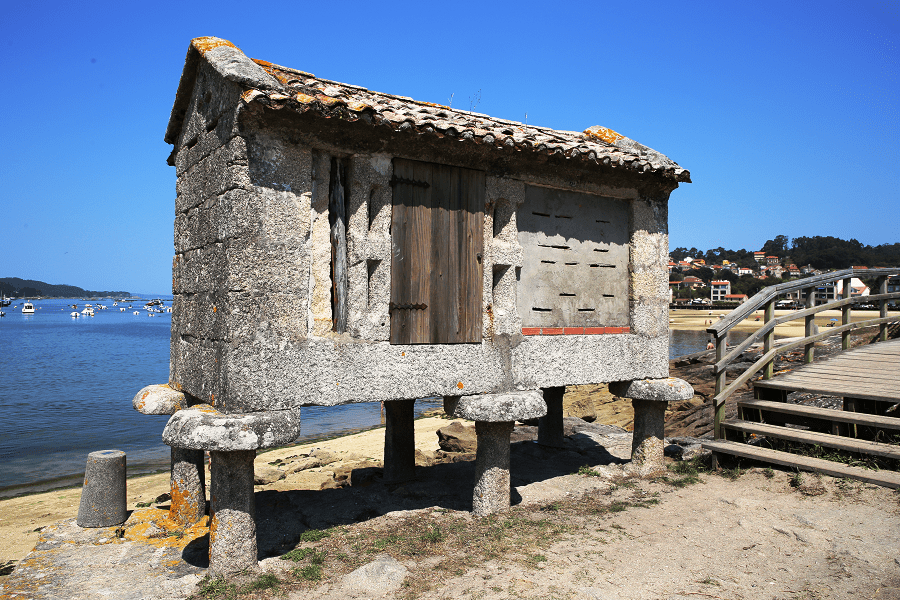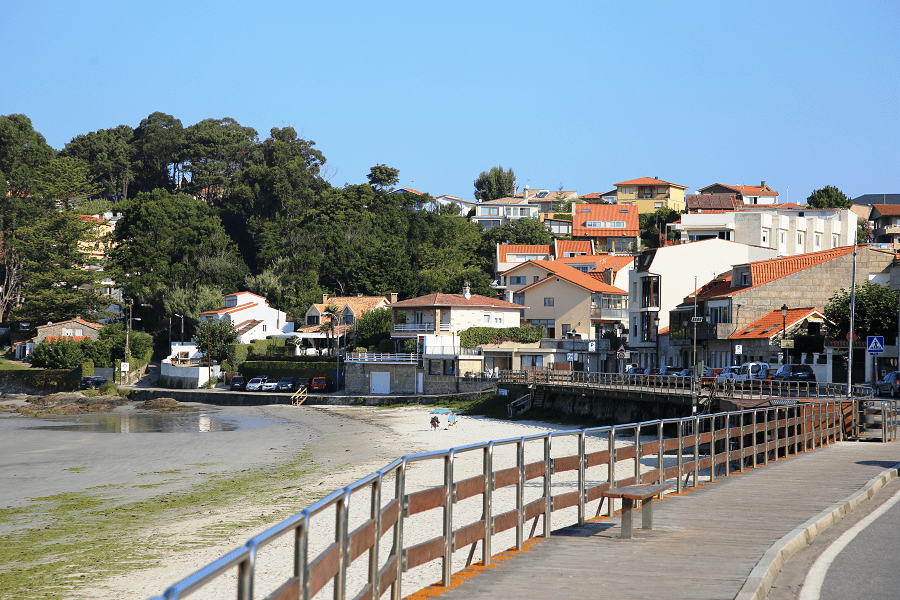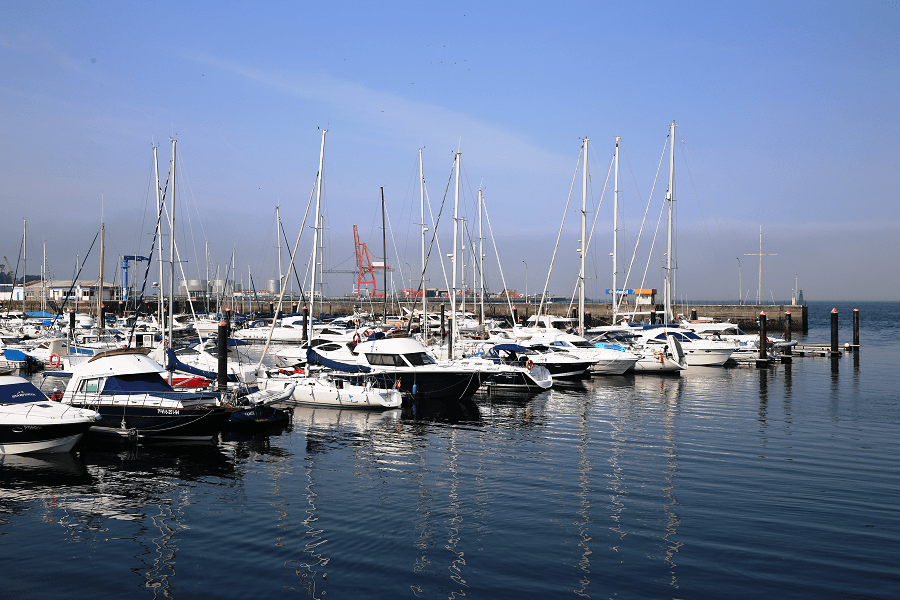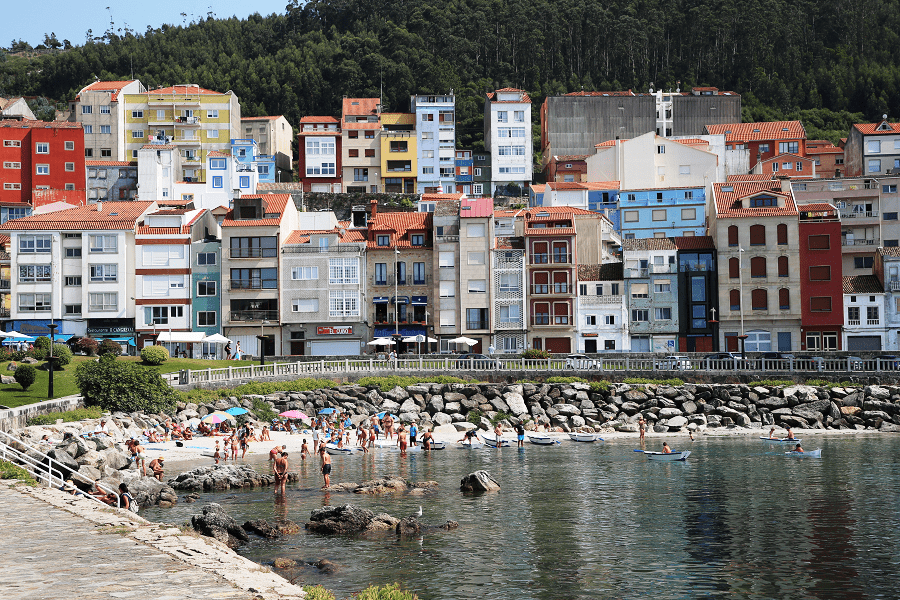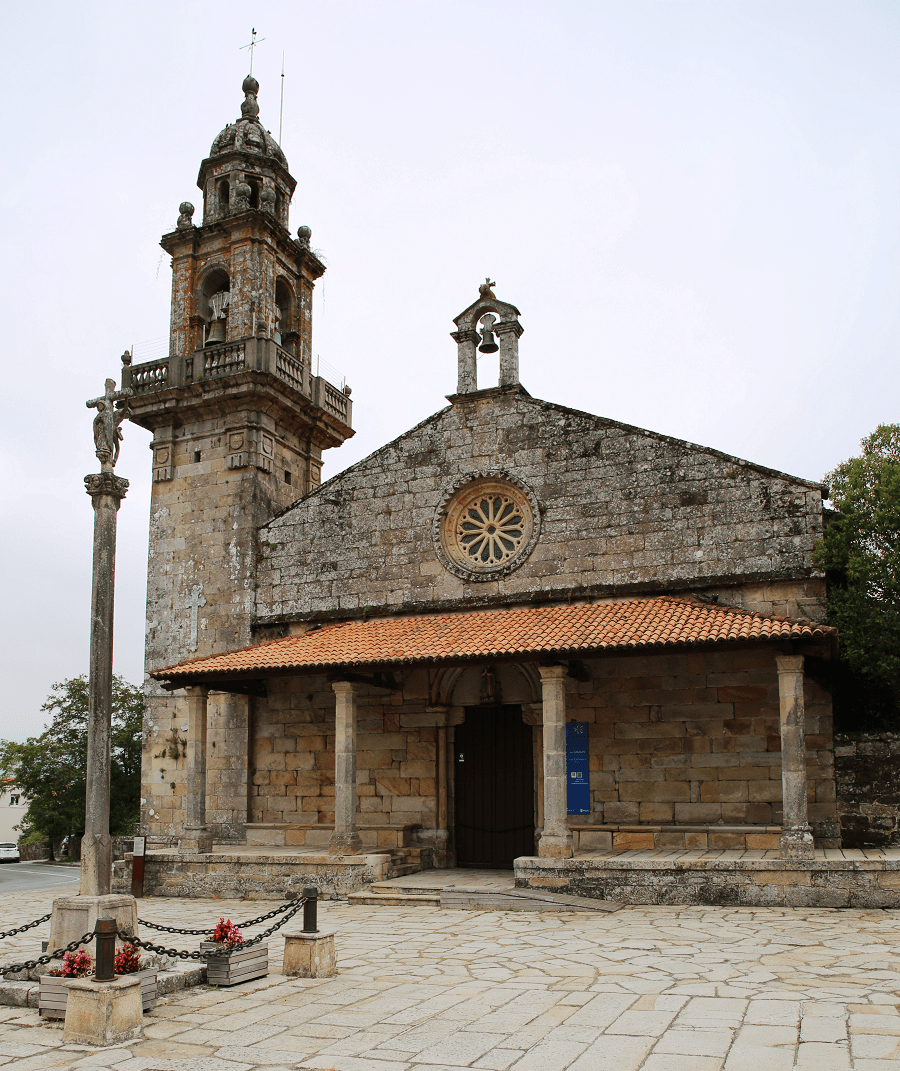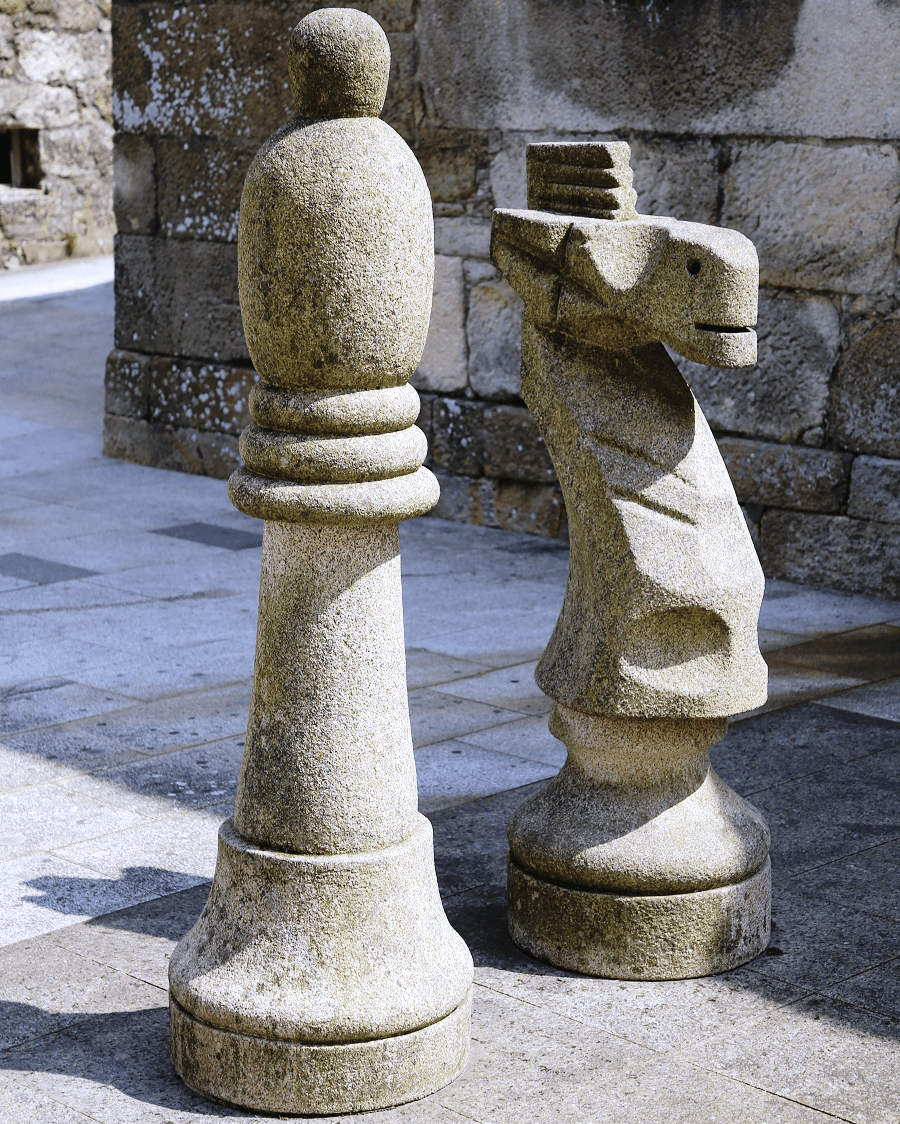Rias Baixas (Sp. Rías Bajas) are a part of the coastal area of Galicia, Spain. Its capital is the city of Pontevedra. They occupy almost the entire coast of the province of Pontevedra, from Punta Carreiro to the Vigo estuary, and part of the west coast of the province of A Coruña.
It’s one of the most popular parts of the Atlantic resorts of Spain.
From south to north they are:
- Vigo estuary
- Aldán estuary
- Pontevedra estuary
- Arosa estuary
- Muros and Noya estuary
- Corcubión estuary
They are characterized by their large size in relation to the rest of the Galician estuaries. Their clogging is relatively low, and they are widely navigable for deep draft vessels.
Almost all the estuaries have a large fishing, container and bulk carrier port as well as several marinas.
Many are the tourist centers of interest due to its architectural, cultural and urban charm, although the main attraction is the coast and its resorts.
The northernmost Rías Baixas begin below Cape Finisterre, bordering the Costa da Morte resorts. The southernmost rias border the Portuguese coast.
Main tourist centers (from north to south)
Ribeira is famous for its archaeological heritage
Rianxo is famous for its mussels cultivation
Vilagarcía de Arousa and its beaches
Cambados is famous for its Albariño wine
Sanxenxo with its 36 km of beaches
Hórreos de Combarro – a Historic Site famous for its stone granaries
Pontevedra –the capital of Rías Baixas
Aldán and its San Cibrán beach
Vigo – one of the economic engines of Galicia
Baiona was the first city in Europe to receive news of the discovery of America
A Guarda – a southernmost part of the Rías Baixas resorts
Best beaches
There are hundreds of beaches. Carnota beach is one of the 100 best in the world.
The most outstanding are:
Ría de Corcubión: Langosteira, Sardiñeira, Estorde, Quenje, Cee, Gures, Ézaro, San Pedro, Quilmas, Carnota, Lariño, Areamayor.
Ría de Muros y Noya: Basoñas, Seigide, Ventin, Bornalle, Esteiro, Mallante, Testal, Boagrande, Coira, Aguieira, Caveiro, Suigreja, Baroña, Seiras, Sieira, Arealonga, Recabeira, Corrubedo.
Ría de Arosa: Castro, Coroso, Palmera, Lage, Lombiña, Areal, Barraña, Carragueiros, Ladeira, Mañons, Torre, Tangil, Porrón, Lodeiro, Compostela, Sinas, Terrón, Areasecada, Riasón, Cabodeiro, Taráis, Camage, Camariñas, Gestelas, Covadelo, Mourisca, Reboredo, Área de las pipas, Borreiro, Canelas, Bois.
Ría de Pontevedra: Area de Cruz, Pajareros, La Lanzada, Pozos, Magor, Bascuas, Montalvo, Canelas, Caneliñas, Portonovo, Silgar, Áreas, Laño, Polvorín, Portocelo, Mogor, Aguete, Loira, Lapamán, Agrelo, Loureiro, Bueu , Beluso, Tulla, Mourisca.
Ons Islands: Dog Area and Melide.
Ría de Aldán: Ancoradouro, Area de Bon, Menduiña, Francón, Areacova, San Cibrián, Vilariño, Arneles, Pinténs, Castiñeiras, Areabrava.
Ría de Vigo: Melide, Barra, Nerga, Liméns, Rodeira, Canaval. Vilela, Moaña, Bartolomé, Borna, Rioseco, Cesantes, Alcabre, Samil, Vao, Canido, Monduiña, Patos, Playa América, Panjón, Ladeira, and outside it further south, Mougás, and already on the Río Miño, Camposancos.
Cíes Islands: Figueiras, Rhodes, and San Martiño.
Fishing and Seafood
An especially important industry to Galicia is that of seafood and a large amount of that seafood comes from the Rías Baxias. Fishing and harvesting the abundant aquatic life that live in the rias is one way of supporting the industry. Another is using the area for aquaculture such as mussel farming. The port of Vigo is especially important in serving the fishing industry. In fact, it has become the leading fishing port in Europe.
Main lighthouses with the view points
- Corcubión estuary: Finisterre, Corcubión, Pindo, Lira, Lariño
- Muros and Noya estuary: Louro, Muros, Puerto del Son, Corrubedo
- Arosa estuary: Aguiño, Sálvora, El Carreiro
- Pontevedra estuary: Ons, Udra, Montalvo
- Aldán estuary: Udra, Couso
- Vigo estuary: Home, Cíes, Silleiro
How to get to?
Main airports
Vigo (VGO) is the nearest airport to Pontevedra – capital of Rías Baixas. But flights in and out of Vigo are limited. Other airports are in Santiago de Compostela (SCQ) and in A Coruña (LCG).
Trains
The AVE high-speed train reaches Pontevedra and the city is a stop on the “Atlantic Line”, running from the northern Galician city of A Coruña to Lisbon (Portugal). Likewise, Pontevedra will benefit from the high-speed train connecting Galicia and central Spain. That Galician connection will be fully operational in 2022.
Port
Despite the fact that Pontevedra was once the main Galician port, at present the Pontevedra harbour is only used for recreational purposes, not for cargo or passenger transportation. Neighbouring Marín is a major military and commercial harbour 7 km away. The Pontevedra marina is close to the old town and the commercial and fishing port of Marín and Ria de Pontevedra, 5 kilometres west of the city centre.
Cars
From Santiago de Compostela 50 min (62.1 km) via AP-9
From Madrid 5 hr 51 min (613 km) via A-6 and A-52
See here best sea and ocean resorts of France and Spain (223 objects)



